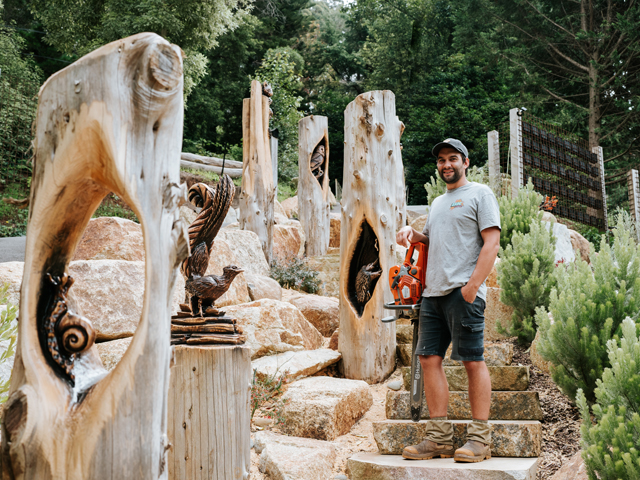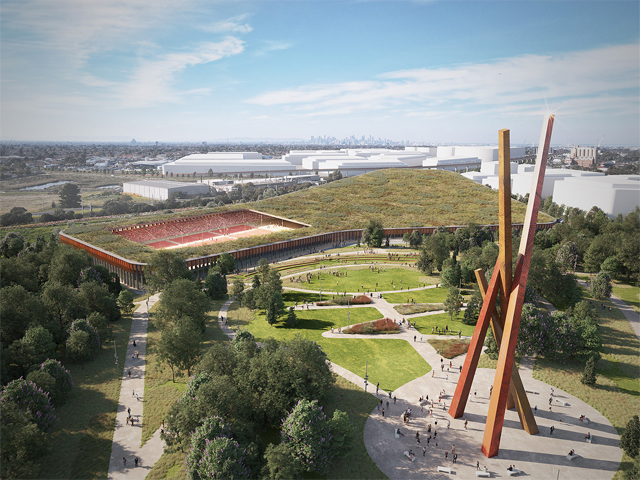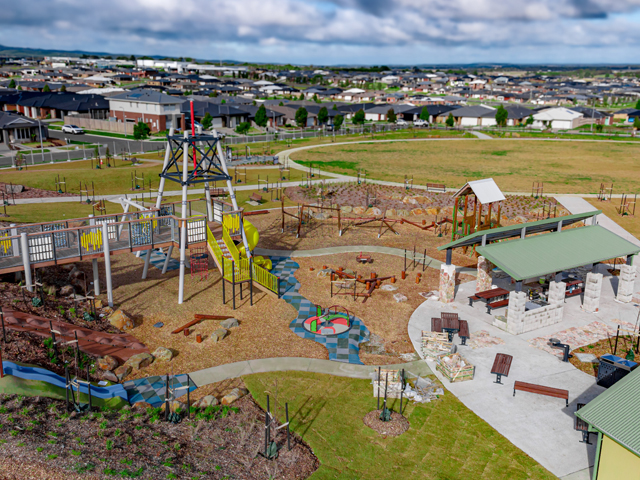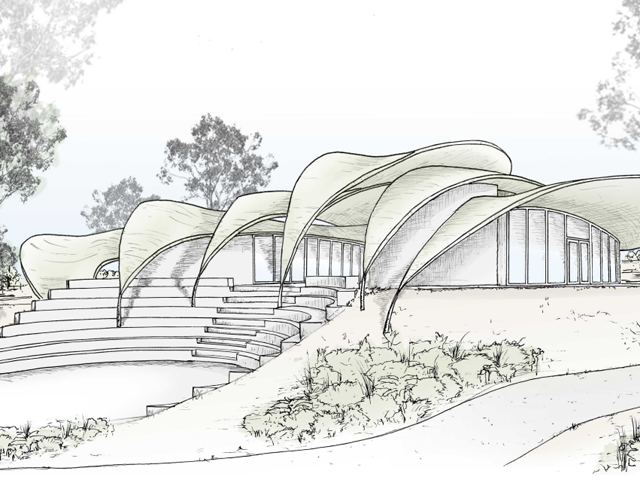EAST PERTH POWER STATION TRANSFORMATION
29 Apr 2020
The disused heritage-listed East Perth Power Station will be redeveloped and transformed into a $218 million mixed-use waterfront precinct that will revitalise the area and provide public space for the community. Check out the concept designs from Kerry Hill Architects.

The 8.5-hectare site is located on the Swan River in Perth, and will be redeveloped into a residential, commercial, recreational and tourist precinct. A range of public spaces will include a ‘living gallery’ experience that showcases Aboriginal art and Western Australia’s mining and resources industry.
The land that the station is situated on is of importance to the Whadjuk Noongar people, who will be engaged throughout the development. The project is named Koomba Kalark, which means “the place of the big fire”.
The project will complement the nearby award-winning Optus Stadium.
WA Premier Mark McGowan said, “This announcement marks a significant milestone in the revitalization of one of our iconic landmarks, the old East Perth Power Station. This kind of project has been talked about for years, and now it’s finally coming to fruition.” 
The East Perth Power Station has over 100 years of history and is one of the state’s most significant industrial sites. Constructed in 1916, it remained in operation until 1968.
“The [East Perth Power Station] is rare as a large-scale thermal power station retaining its plant and equipment, constructed prior to the end of World War I, being one of only two such places in Australia. It is a good example of a complex of utilitarian industrial structures, featuring distinctive interior spatial quality in the station turbine rooms with some Art Deco detailing.” – State Heritage Register
The site was initially proposed to be turned into a $500 million museum in 2008, similar to Sydney’s Powerhouse Museum. In 2015, the government sought EOI to develop the site into an “iconic, mixed-use waterfront destination”.
Since then, a number of ideas were proposed, including ideas for a farmer’s market, a World Trade Centre, an art gallery and more. 
It is expected that the development will be completed in the next four years.

MORE NEWS

HARNESSING THE POWER OF DESIGN TO TRANSFORM CITIES

WOOD CARVING WITH BRANDON KROON

MASTERPLAN FOR INCLUSIVE, CLIMATE-RESILIENT COMMUNITY PARK IN LISMORE

MELBOURNE'S NEW PARK ON A FORMER LANDFILL SITE

STRIKING GOLD IN BALLARAT

